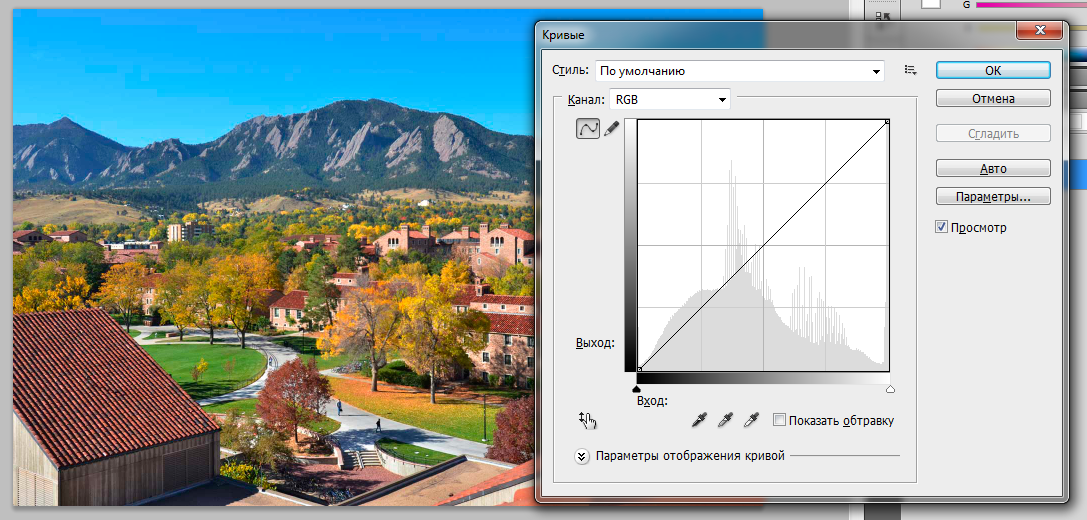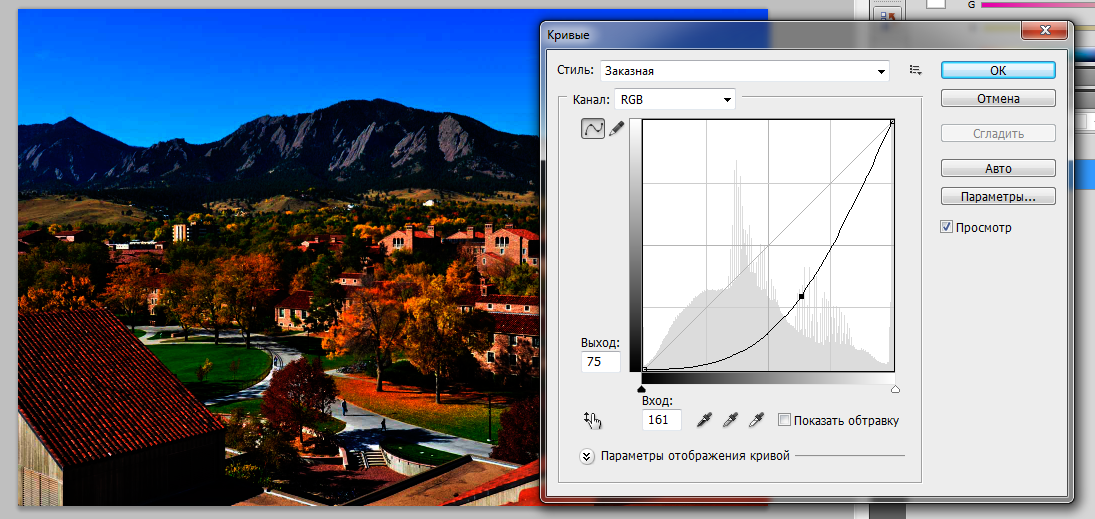
- •Introduction to image processing in Matlab 1
- •Introduction
- •Fundamentals
- •Image formats supported by Matlab
- •Working formats in Matlab
- •Intensity image (gray scale image)
- •Binary image
- •Indexed image
- •Rgb image
- •Multiframe image
- •How to convert between different formats
- •How to convert between double and uint8
- •How to read files
- •Loading and saving variables in Matlab
- •Examples
- •Example 1.
- •Example 2
- •How to display an image in Matlab
- •Exercise
- •Indexed Color and Palettes
- •Iminfo('filename')
- •2. Creating the Negative of an Image
- •3. Rgb Components of an Image
- •4. Gamma Scaling of an Image
- •5. Converting an Image to Grayscale
- •6. Brightening an Image
- •7. Creating a Histogram of an Image
- •8. Dither an Image
Iminfo('filename')
The
information can be stored as a structure variable from which values
can be retrieved:
pinfo
= iminfo('filename');
pinfo.Width
2. Creating the Negative of an Image
In order to see the negative of the image, you will need to change the values in the image
matrix to double precision. This is done to invert the color matrix. The code below
negates the image:
Myimage = imread('exper.jpg');
negImage = double(Myimage); % Convert the image matrix to double
negImageScale = 1.0/max(negImage(:)); % Find the max value in this
% new array and take its
% inverse
negImage = 1 - negImage*negImageScale; % Multiply the double image
% matrix by the factor of
% negImageScale and subtract
% the total from 1
figure; % Draw the figure
imshow(negImage); % Show the new image
The above manipulations will result in a negative image that is exactly opposite in color to the original image.
3. Rgb Components of an Image
MatLab has the ability to find out exactly how much Red, Green, Blue content there is in
an image. You can find this out by selecting only one color at a time and viewing the
image in that color. The following code allows you to view the Red content of an image:
redimage = Myimage; % Create a new matrix equal to the matrix
% of your original image.
redimage (:, :, 2:3) = 0; % This selectively nullifies the second
% and third columns of the colormap
% matrix which are part of the original matrix. Since the colors
% are mapped using RGB, or columns with values of Red, Green and
% Blue, so we can selectively nullify the green and blue columns to
% obtain only the red part of the image.
imshow(redimage); % show the redimage that you just created.
Similarly, we can do the same with the green and blue components of the image. Just
keep in mind the format of the array
Red : Green : Blue
1 2 3
Try checking the blue component of the image. The only thing you will need to change is
the column numbers at the end of the statement.
blueimage = Myimage; % Create a new matrix equal to the matrix
% of your original image.
blueimage(:, :, 1:2) = 0; % Note the difference in column
% numbers.
imshow(blueimage); % Display the blueimage you just created.
Now try the green component yourself. There is a little trick to this.
After trying the green component of the image, try to see two components at a time. You
can do this by nullifying only one column at a time instead of two. (Hint: You only need
to put one number instead of 1:2 or 1:2:3 etc. Just write 1 or 2 or 3 to see the
combinations and note them.)
4. Gamma Scaling of an Image
Gamma scaling is an important concept in graphics and games. It relates to the pixel
intensities of the image. The format is simple:
J = imadjust(I, [low high], [bottom top], gamma);
This transforms the values in the intensity image I to values in J by mapping values
between low and high to values between bottom and top. Values below low and above
high are clipped. That is, values below low map to bottom, and those above high map to
top. You can use an empty matrix ([]) for [low high] or for [bottom top] to specify the
default of [0 1]. The variable gamma specifies the shape of the curve describing the
relationship between the values in I and J. If gamma is less than 1, the mapping is
weighted toward higher (brighter) output values. If gamma is greater than 1, the mapping
is weighted toward lower (darker) output values. If you omit the argument, gamma
defaults to 1 (linear mapping). Now try the following gamma variations and note down
the changes in intensities of the image.
NewImage = imadjust(Myimage, [.2, .7], []);
figure;
imshow(NewImage);
Note that the original image has gamma at default since there is no value of gamma
added. Now try this:
NewImage = imadjust(Myimage, [.2, .7], [], .2);
figure;
imshow(NewImage);
Note the difference? The gamma has been changed, so we see a change in the image
intensity. The intensity of each pixel in the image has increased. This clarifies the
explanation of gamma above. Now try a new value of gamma. This time use a value of 2
instead of .2.
Newimage = imadjust(x, [.2, .7], [], 2);
figure;
imshow(Newimage);
What happened? How did this change affect the gamma? Comment on your findings.
Тоновые кривые (Ctrl+M)


